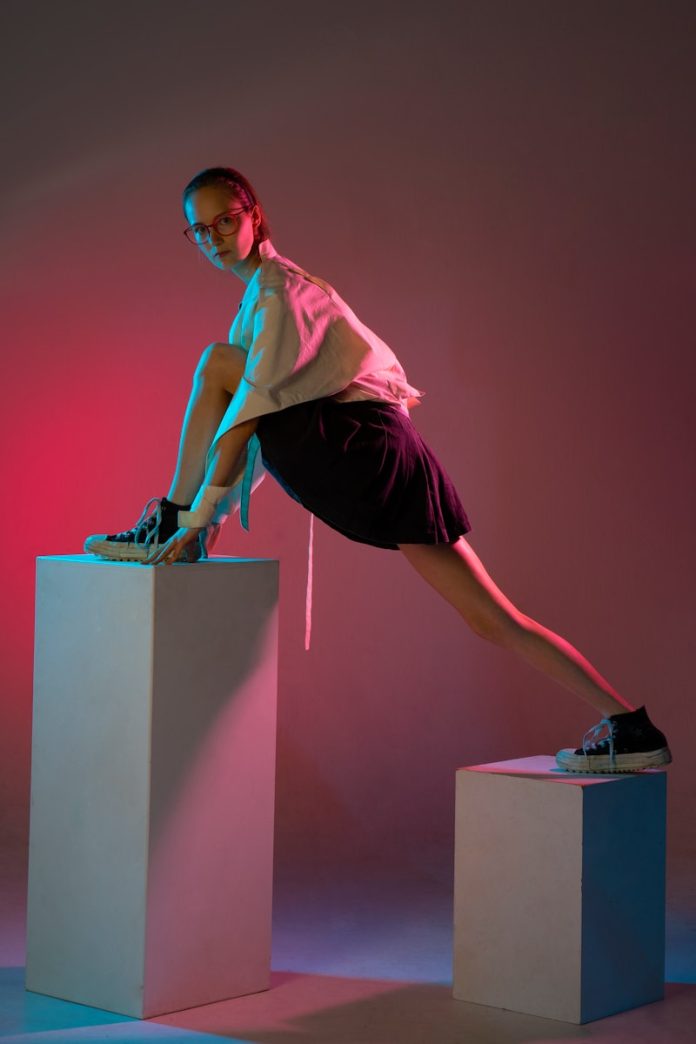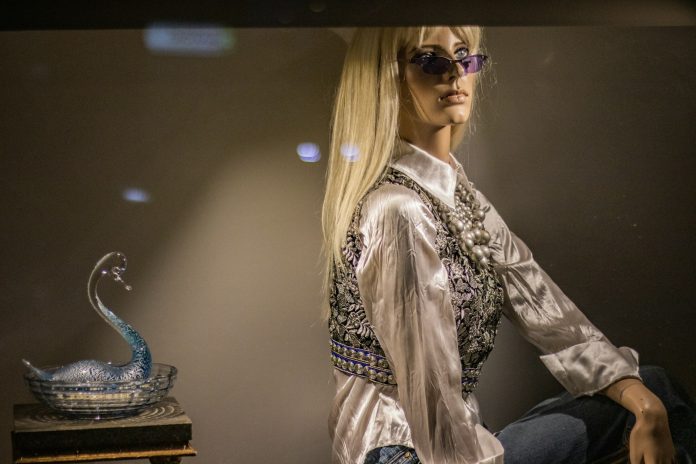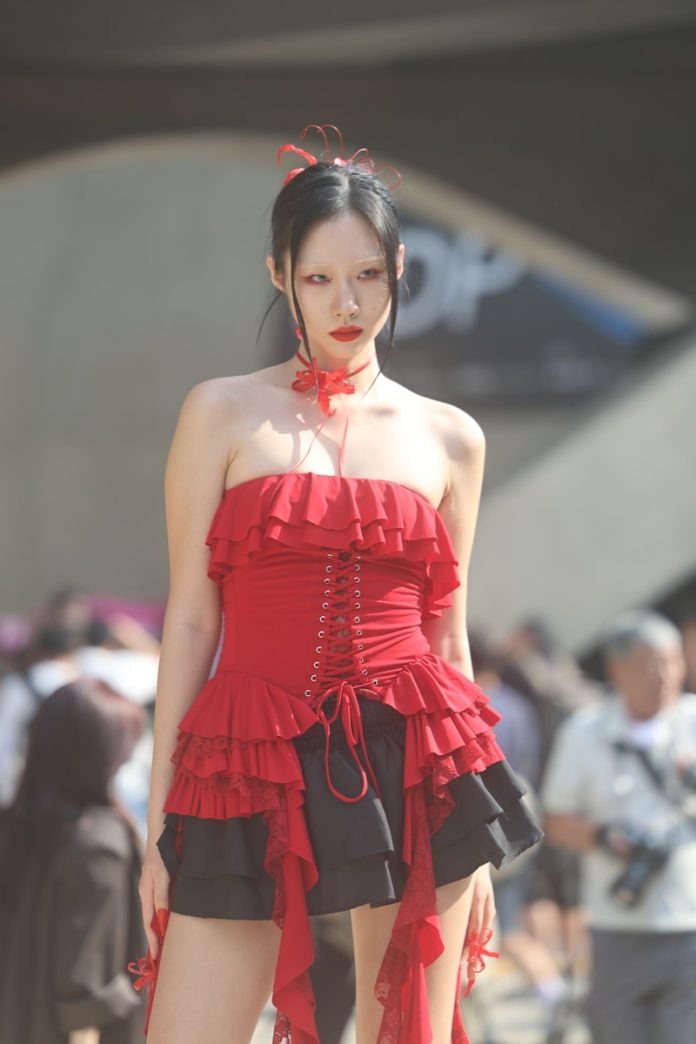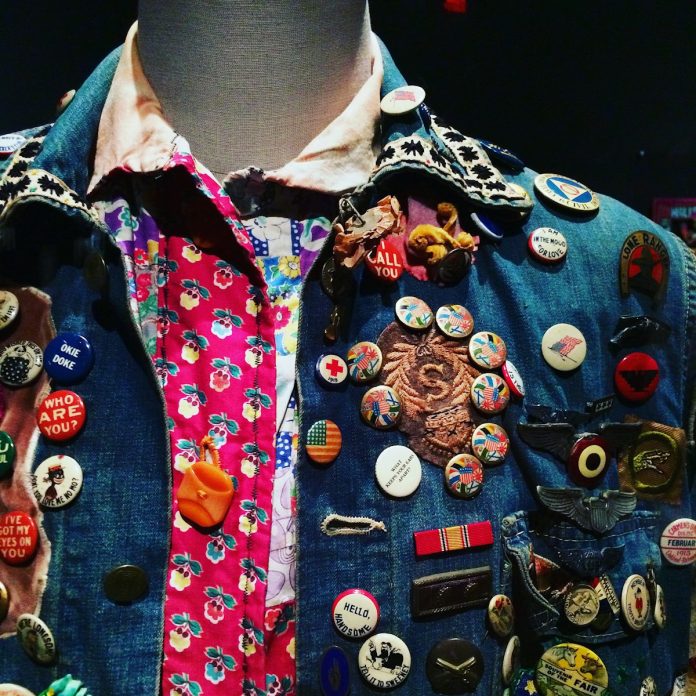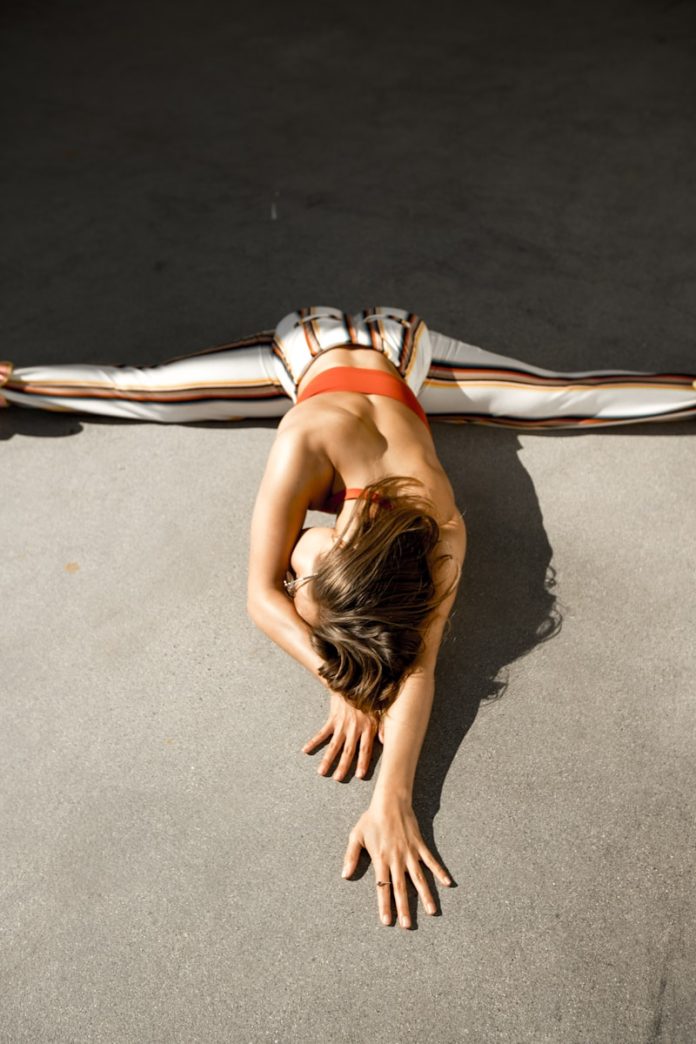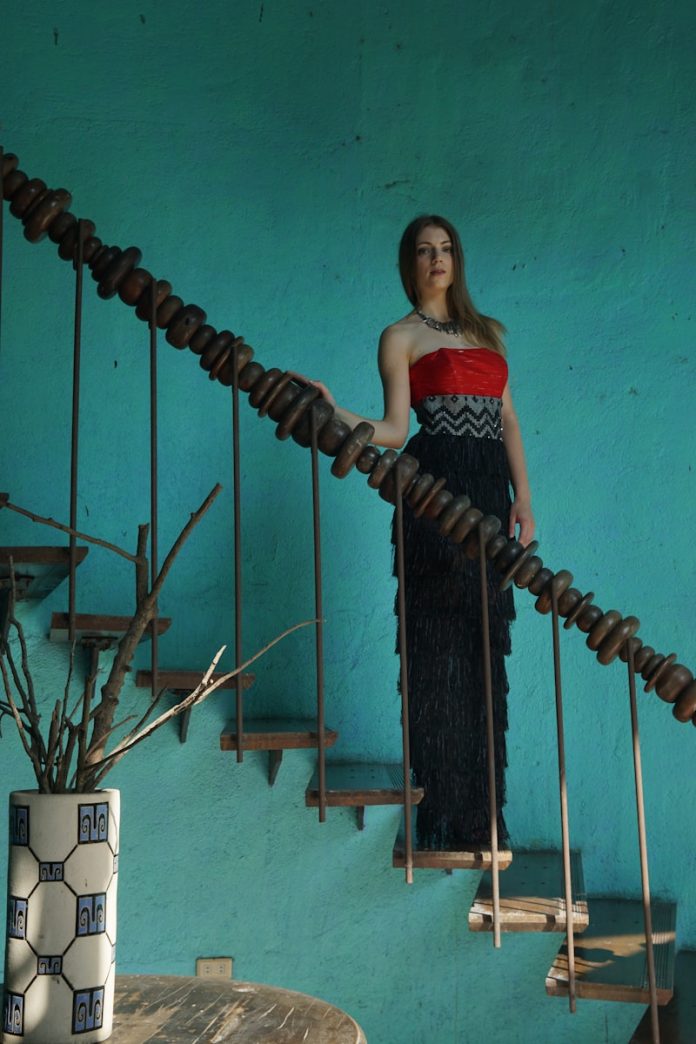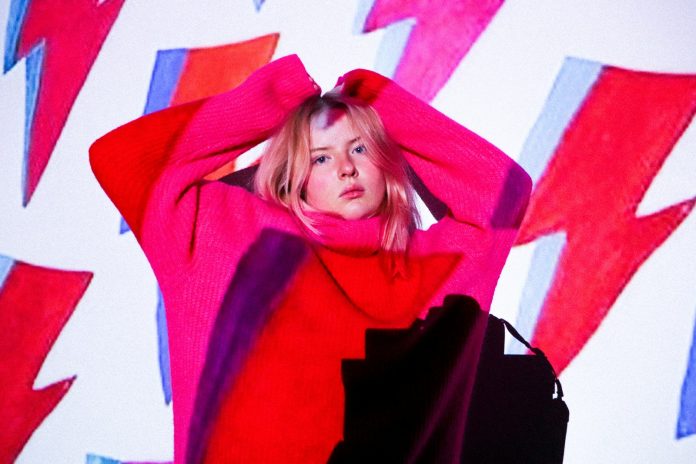Fashion is rarely just about fabric — it’s memory, rebellion, and hope stitched into something wearable. And no revival makes this clearer than the Y2K aesthetic. Once mocked as a flashy footnote in early 2000s style, the Y2K trend has staged a glitzy, unapologetic comeback. But beyond butterfly clips and baby tees lies a deeper story — one of generational longing, technological optimism, and cultural dissonance.
A Past That Looked Like the Future
The Y2K aesthetic is rooted in an era that was as anxious as it was ambitious. The year 2000 loomed with the dual promise of utopia and collapse. On one hand, people envisioned flying cars and robot assistants. On the other, there was a palpable fear that computers would implode as the clock struck midnight. That moment — teetering between digital disaster and millennial dreams — birthed a style that was both chaotic and fantastical.
Silver lamé fabrics, frosted eyeshadow, translucent accessories, plastic textures, and space-age silhouettes were more than just kitsch — they were reflections of a society dreaming of the future but unsure how to dress for it. Britney Spears in metallic crop tops, Destiny’s Child in coordinated vinyl sets, and even red carpet gowns with asymmetrical cut-outs all echoed this techno-optimism. It wasn’t subtle — but it wasn’t supposed to be.
Rebooting a Rebellion
Fast forward to the 2020s. Gen Z and late millennials are raiding digital thrift stores and Depop feeds, hunting for pieces from the turn of the millennium. But why revive a style so deeply tied to a specific moment in technological time?
Part of the answer lies in nostalgia. Y2K was the last analog gasp before the internet became our overlord. TikTok, Instagram, and digital hyperreality didn’t exist yet. Text messages were limited to 160 characters. Myspace was revolutionary. And perhaps most importantly, life felt more real, even when it was pretending to be futuristic. In reclaiming the Y2K aesthetic, younger generations are romanticizing a moment they never lived but desperately wish they had — when the internet was still a playground, not a prison.
But the Y2K revival is more than romanticization — it’s a kind of rebellion. Against minimalism. Against performative earth-tones and the neutral palette of corporate chic. Against the wellness-washed sameness that dominates social media feeds. Y2K says: be loud, be glossy, be artificial, and own it.
Irony Meets Sincerity
There’s also irony baked into this revival. Many people who now flaunt low-rise jeans and logo-laden crop tops grew up mocking them. The early 2000s were derided for their “bad taste” — over-accessorized, overly feminine, and undeniably consumerist. But fashion’s cyclical nature has a funny way of reclaiming the discarded.
Today, those same aesthetics are worn with a wink and a smirk — but also with a level of sincerity. Gen Z’s hyper-awareness means that nothing is ever entirely un-ironic. And yet, the commitment with which they’ve embraced Y2K — down to the glittery lip gloss and chunky phone charms — signals something deeper than just postmodern parody. It’s a reclamation of joy, artifice, and the right to be too much.
The Digital Gaze and Body Politics
Of course, not everything about Y2K’s original run deserves celebration. The early 2000s were also a brutal time for body image. Heroin chic and size-zero ideals dominated. The fashion world glorified thinness and punished deviation. The rise of tabloid culture, paparazzi, and reality TV exacerbated the surveillance of female bodies — with stars like Britney Spears, Paris Hilton, and Lindsay Lohan scrutinized for every slip, stumble, and style choice.
As Y2K style returns, there’s an important reckoning underway. Today’s revivalists are remixing the aesthetic with inclusivity in mind — pairing low-rise jeans with confidence rather than shame, and breaking the monolith of the white, cisgender, ultra-thin standard. Curvy influencers, gender-fluid stylists, and Black creators are reinterpreting Y2K fashion on their own terms. The aesthetic isn’t being blindly recycled — it’s being revised.
TikTok’s Time Machine
No conversation about the Y2K revival is complete without acknowledging TikTok. The platform has become a digital museum of micro-trends, where looks once buried in fashion’s graveyard are unearthed, remixed, and recontextualized. The “Y2K” hashtag has billions of views, as creators deconstruct mall-rat fashion, cyberpunk clubwear, and even 2003’s red carpet disasters into coveted inspiration.
What makes this revival particularly potent is its speed and reach. Unlike the slow burn of 90s nostalgia in the 2010s, the Y2K wave exploded with algorithmic precision. Within weeks, butterfly clips were back in production, thrift stores were gutted of halter tops, and brands scrambled to release capsule collections dripping with retro irony.
But TikTok hasn’t just resurrected Y2K looks — it’s rewritten the rules of fashion influence. The gatekeepers of style are no longer glossy magazines and elite designers. Now, it’s a 17-year-old in their bedroom with a flip phone case and killer lighting.
Capitalism Rebranded
Predictably, brands have capitalized on the Y2K craze with ruthless efficiency. Fast fashion giants churn out mesh tops and sparkly mini skirts labeled “vintage-inspired.” High-end designers reissue archive pieces to tap into the trend. And tech companies get in on the action too — from flip phone reboots to nostalgic ad campaigns dripping in lens flares and Windows 98 aesthetics.
But there’s tension here. The original Y2K style, for all its consumerism, also had a DIY edge — duct tape purses, rhinestone-studded sunglasses from gas stations, and dial-up internet dreams. In its revival, some of that scrappy charm has been sanded down by commercialization.
Still, many Y2K loyalists are pushing back. They’re not buying knockoffs — they’re thrifting originals. They’re sewing their own pieces. They’re building aesthetic communities that prioritize expression over profit. For them, Y2K isn’t just a look — it’s a practice.
Why It Still Hits Different
At its core, the Y2K revival is about more than clothes. It’s about imagining a version of the future that was messy, hopeful, and at times naïve. In an era when our real future feels increasingly dystopian — from climate collapse to social unrest to AI anxiety — dressing like it’s 2001 feels like a radical act of optimism.
There’s comfort in the chrome. There’s freedom in the frivolous. And there’s power in reclaiming a style that was once dismissed as superficial. Y2K was never just about glitter — it was about possibility.

